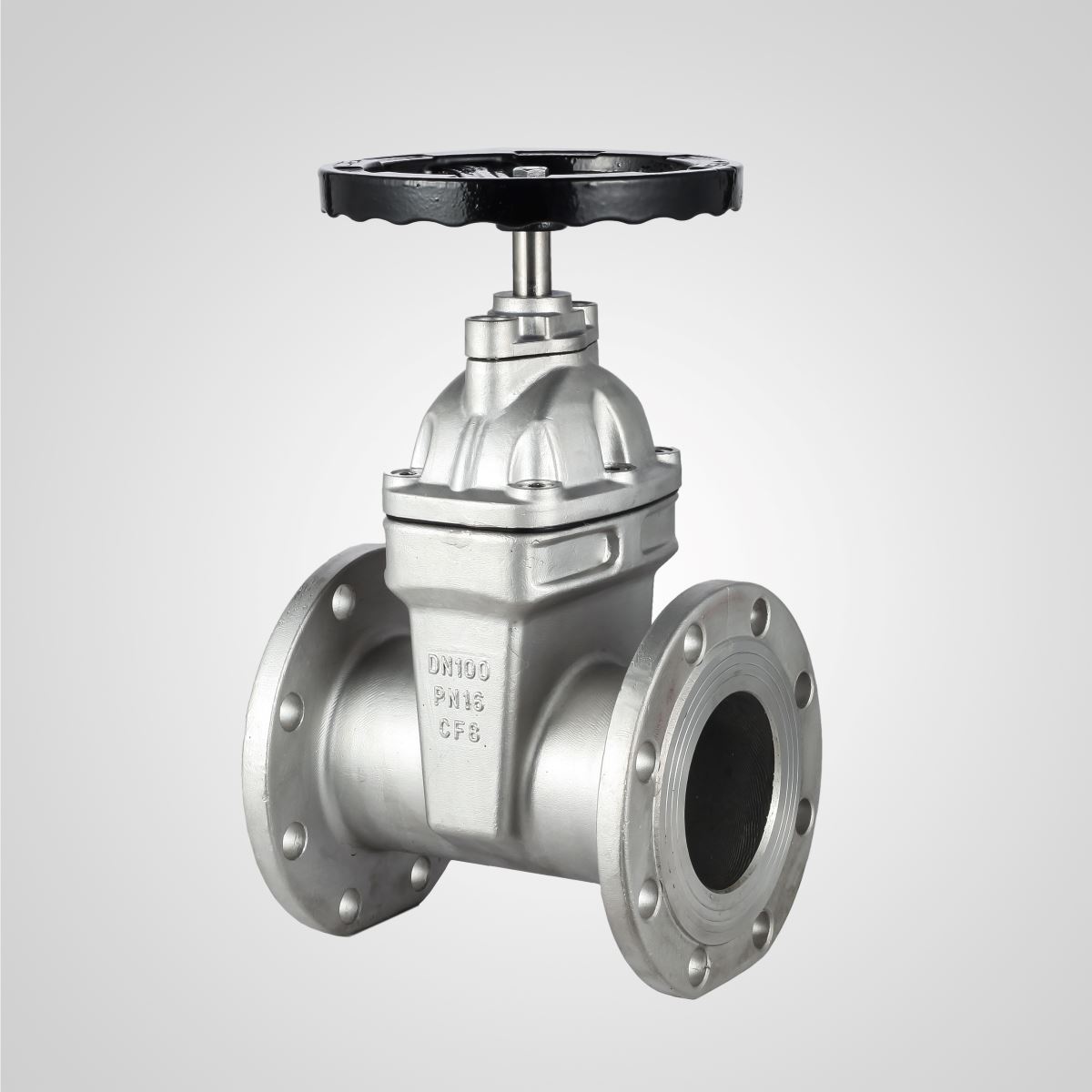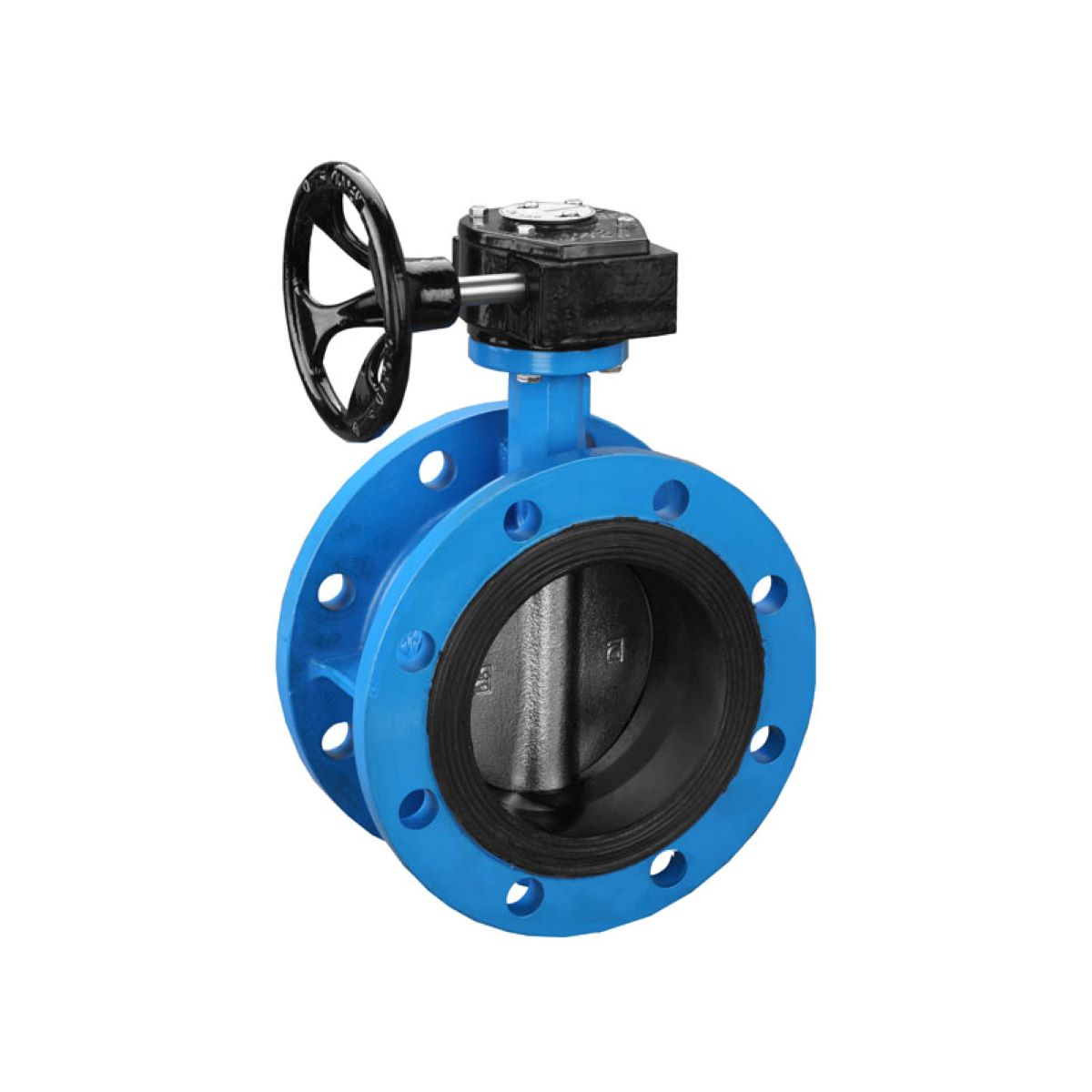In modern piping systems, valves are the unsung heroes that keep everything running smoothly. They regulate flow, control pressure, and direct the movement of liquids or gases. Among the many types available, gate valves and butterfly valves are two of the most commonly used. While both serve a similar purpose, their structure, working principles, and performance differ significantly — and these differences can greatly affect cost, efficiency, and suitability for specific applications.
1. Structure and Design
At first glance, it’s easy to tell a gate valve from a butterfly valve just by their shape and internal components.
Butterfly Valve:
A butterfly valve features a disc-shaped plate (the “butterfly”) that rotates around a central shaft to control flow. Its compact design makes it lightweight and easy to install, especially in systems where space is limited. Because the valve body is shorter, it’s ideal for large-diameter pipelines where reducing weight and cost is a priority.
Gate Valve:
A gate valve uses a flat or wedge-shaped gate that moves up and down vertically to open or close the flow path. The full-bore design allows for an unobstructed flow when open, minimizing pressure loss. However, the structure is bulkier and heavier, often requiring more installation space.
The difference in internal design doesn’t just influence their appearance—it also defines how they operate and what kinds of systems they fit best.
2. Working Principle
The two valves operate on very different mechanisms:
Butterfly Valve:
Operates through the rotation of the stem, which turns the disc inside the valve body. When the disc is parallel to the flow, the valve is open; when it’s perpendicular, the valve is closed. The rotation angle (usually 90°) allows for quick on/off control and flow adjustment.
Gate Valve:
Functions by raising or lowering the gate to start or stop the flow. When the gate is fully lifted, fluid flows freely with minimal resistance. When lowered, it creates a tight seal, completely stopping the flow. Because of this vertical movement, gate valves are typically used for on/off control, not for throttling.
This operational difference is key when selecting between the two — if you need fast actuation, a butterfly valve wins; if you need tight shut-off, go for a gate valve.
3. Pros and Cons
Let’s take a closer look at their strengths and weaknesses.
Butterfly Valve Advantages:
- Compact, lightweight, and easy to install.
- Quick to operate with a simple quarter-turn handle or actuator.
- Cost-effective for large-diameter systems.
- Good for flow regulation and throttling applications.
Drawbacks:
- Lower pressure tolerance compared to gate valves.
- The disc remains in the flow path even when open, causing some pressure drop.
- Less ideal for systems with high flow velocity or abrasive media.
Gate Valve Advantages:
- Excellent sealing performance; near-zero leakage when closed.
- Minimal flow resistance when fully open.
- Suitable for high-pressure and high-temperature environments.
Drawbacks:
- Larger, heavier, and more complex to install.
- Slower operation, requiring multiple turns to open or close.
- Not suitable for flow regulation, as partial opening can cause gate vibration and wear.
4. Performance Characteristics
When it comes to performance, both valves show unique strengths:
Gate Valve Performance:
Gate valves are known for their tight sealing and durability in extreme pressure or temperature environments. They perform best in applications that require the valve to remain fully open or fully closed for long periods. However, because of the sliding motion and larger torque needed, automation can be more challenging and expensive.
Butterfly Valve Performance:
Butterfly valves are excellent for quick operation and moderate-pressure systems. They are easier to automate and integrate into modern control systems. Although they provide good flow control, they can experience slight leakage at high differential pressures or when used with slurries or particulate fluids.
5. Cost Considerations
Initial Investment:
Butterfly valves generally cost less to manufacture and install due to their simpler design, smaller size, and lower material use. For large-diameter applications, they offer significant savings in both material and labor costs.
Operational and Maintenance Costs:
Gate valves, though pricier upfront, can be more cost-effective over time in demanding applications. Their sealing surfaces wear slowly, extending service life and reducing maintenance frequency. On the other hand, butterfly valves may require periodic replacement of components like rubber seals or seats, especially when used with corrosive or abrasive media.
6. How to Choose Between Them
Your choice depends on application needs, medium type, pressure rating, and budget:
Choose a butterfly valve if you need:
- Quick operation or automation
- Lightweight design and easy installation
- Lower cost for large diameters
- Moderate pressure and temperature handling
Choose a gate valve if you need:
- Tight shut-off and zero leakage
- High-pressure or high-temperature capability
- Long-term durability in harsh conditions
- Minimal flow resistance
In short, butterfly valves excel in cost efficiency and speed, while gate valves stand out in reliability and sealing. Understanding these differences helps you make the most economical and effective valve selection for your project.
Conclusion
While both gate and butterfly valves are essential tools in modern fluid systems, they shine in different ways. Gate valves offer superior sealing and endurance for demanding conditions, whereas butterfly valves provide flexibility, simplicity, and cost advantages for large-scale or quick-response applications.
Choosing wisely between the two not only improves system performance but also ensures long-term operational efficiency — striking the perfect balance between structure, performance, and cost.
Post time: Nov-05-2025



